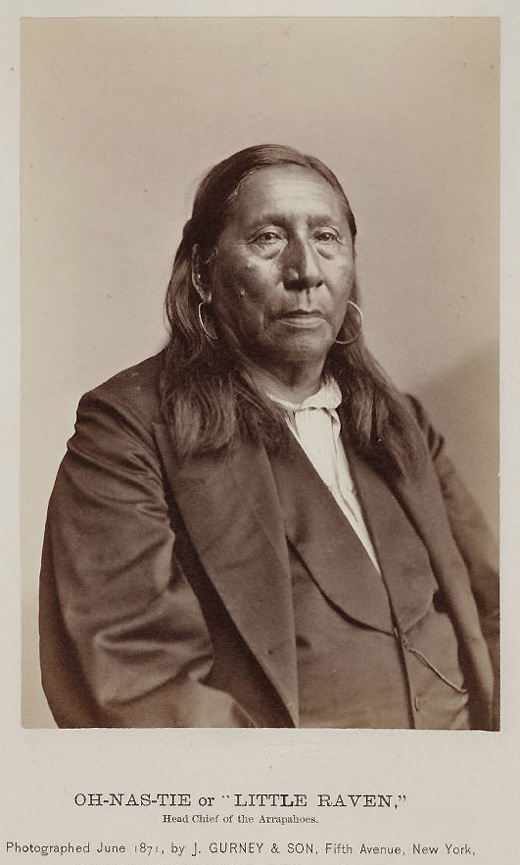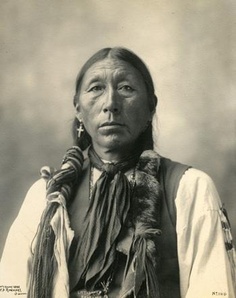
Little Raven
(Arapaho leader)
(circa 1810 — 1889)


Return to Indigenous Peoples' Literature
Compiled by: Glenn Welker
This
site has been accessed 10,000,000
times since February 8, 1996.